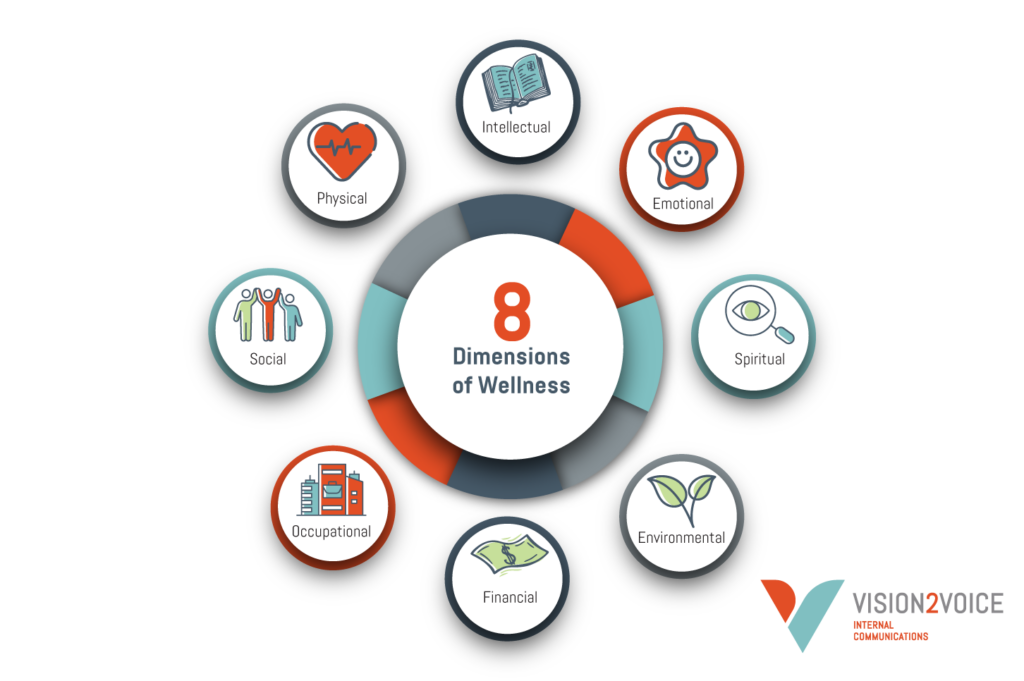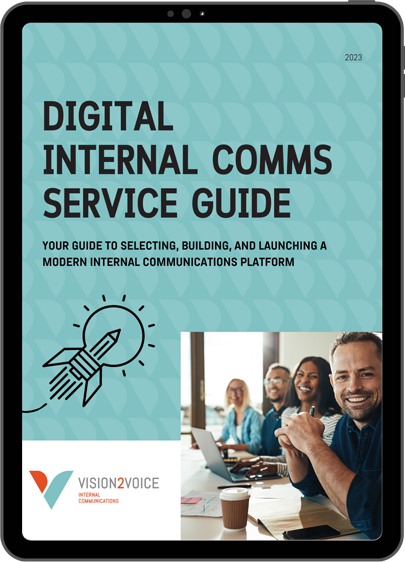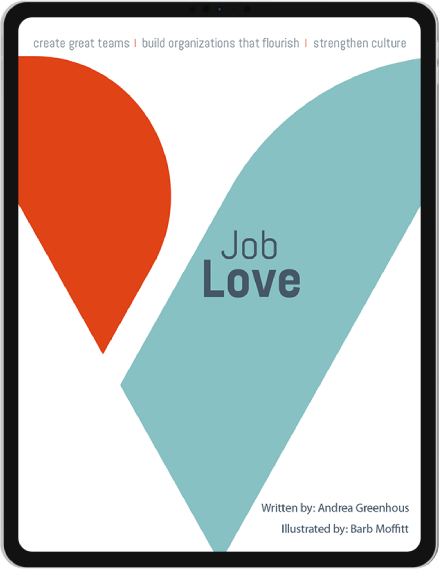
Employees are not a resource they are a source. Like a well full of water or any other of our planet’s amazing natural resources, unless you nurture and nourish the source, it will eventually become depleted. Until organizations recognize the need to nurture and nourish employees, they will get sick, breakdown, burnout, run out of ideas, or simply run out the door.
The latest ground-breaking Edelman Trust Barometer identified employees as the stakeholder most critical to an organization’s success. What’s more, in the same study 43% said their employer is not doing well on taking the issue of employee burnout seriously and actively taking steps to prevent it. A further 62% said they have increased their value to their employer by taking on more work and more responsibility. Those results do not indicate that there’s a lot of nurturing going on.
The many dimensions of well-being
We are all longing to be our true and best selves. It’s part of life’s amazing journey. I grew up in a health-conscious family driven in part by the fact that both of my parents were in the medical profession, but my early definition of health revolved around diet and exercise. It wasn’t until I ended up with a serious eating disorder that my definition of well-being started to expand to consider my mental health. When I discovered yoga, I began nurturing my spiritual and emotional well-being. The journey continues to this day and I suspect (hope) it always will.
Like my 20-something self, many organizations view well-being on one or two dimensions (usually physical and mental health). Yet there are eight dimensions of wellness: physical, spiritual, emotional, social, environmental, intellectual, occupational, and financial.
Celebrating World Kale Day on October 6 (what? you missed it??), offering online yoga classes, and increasing wellness-related benefits, will only go so far and are bound to neglect the other dimensions of wellbeing. The risk of a limited approach is that you’ll fail to nourish the wonderful employees that chose to work for your organization, leaving them depleted.
While remote work and hybrid work are the hot topics that everyone is obsessed with these days, it’s my personal belief that well-being will emerge as the key workplace concern of the post-pandemic world. I believe that the conversation about where people work is really part of a larger conversation about giving people more control over their work so that they can prioritize their well-being.

Transform your culture to prioritize employee wellbeing
To transform traditional, one-dimensional, and siloed approaches to employee well-being, we need to change the conversation. We need to begin by building cultures that prioritize every dimension of employee wellbeing while also recognizing that every individual has unique needs when it comes to the many dimensions of their wellbeing.
To transform the employee experience and organizational culture so it nurtures employees, organizations would be well advised to follow these best practices.
Best practices
Double down on listening
In every blog I write, I recommend doubling down on listening. Listening is the most powerful tool in a communicator’s toolbox, but we tend to be so focused on getting the message across that we forget about the need to truly hear what employees have to say. Yet, building a better understanding of what matters to your employees can lead to deeper insight into perceptions related to employee wellbeing and better solutions. Moreover, being heard and seen in itself is critical to an employees’ emotional, social, and intellectual wellbeing. There’s nothing more demoralizing and draining than feeling dismissed because your organization doesn’t make the effort to listen. Not feeling heard makes employees feel undervalued and disrespected, damaging their intellectual and emotional well-being.
Even the best listening strategy won’t work if you don’t build psychological safety first. Psychological safety is a shared belief that one will not be punished or humiliated for speaking up with ideas, questions, concerns, or mistakes. Over 20 years of research has proven that psychological safety is the underpinning of high-performing teams and critical to healthy group dynamics and stronger interpersonal relationships. Unfortunately, the same research shows that it only exists in half of all organizations. Building a listening strategy with psychological safety as an underpinning can support many dimensions of employee well-being including emotional, intellectual, occupational, and social.
Build connection and belonging
Last month, we addressed the tough problem of loneliness, isolation, and the lack of connection in organizations. Our Stronger Together blog explained the critical link between connection and physical, emotional, and social wellbeing. Humans are social beings and even introverts need human connection to thrive. A lack of connection has been linked to reduced life expectancy, mental health issues, and depression. Connecting employees takes much more than prompting front-line managers to spend five minutes at the start of meetings to chit-chat or organizing Zoom happy hours. Our blog has five new ideas to help internal communication professionals support the goal of connecting employees and building strong relationships across the organization.
Empower your people with knowledge and information
To a certain extent, humans are creatures of habit and there is comfort in predictability. Our brains are wired to detect changes in patterns and that triggers stress. We are driven to seek out information, context and our curiosity drive us to build an understanding of the environment around us. The pandemic has shone a spotlight on just how hard long periods of uncertainty can be on our brains. When faced with a rapidly mutating virus that we didn’t understand, most of the planet was thrown into a level of uncertainty that was frightening. A recent Harvard Business Review Article confirmed what most of us already knew – elevated levels of uncertainty for extended periods of time are not good for us.
The antidote to uncertainty is information and knowledge. Sharing information, providing context, and connecting the dots for people to alleviate uncertainty is the job of leaders and internal communications professionals. This work supports the mental, social, and emotional well-being of employees.
Reinforce your organization’s purpose at every opportunity
Numerous studies have linked a sense of purpose to positive health outcomes including fewer strokes and heart attacks, better sleep, and a lower risk of dementia and disabilities. Researchers have proven that having a sense of meaning and finding fulfillment leads to a longer and happier life. The power of purpose in organizations is already well documented with 79% of leaders saying that purpose is central to business success. Yet in our work, we find that many organizations fail to communicate a clear and authentic and even fewer bring it to life so that it permeates the organization to the point where every employee finds meaning in the work they do every day. There is a real opportunity to unite employees around a common purpose so that it not only drives business success but also increases employee well-being across multiple dimensions.
Give people agency over their work
Your people have proven they can deliver from their kitchen table or behind a wall of personal protective equipment as the pandemic stretched on for what seems like an eternity. Giving them as much choice and flexibility to decide for themselves how they do their best work also gives them control over their well-being. With only one in five employees able to work from home and with a small percentage of those individuals not believing that home is the best place for them to work, consider other ways to empower employees and give them the ability to make choices about how, when, and where they work. Communication to employees should provide guidance to help people interpret new rules of flexibility. This will send important cues to people allowing them to incorporate the dimensions of wellness that they need to nurture.
Change the narrative and stories
In a recent study, 91% of respondents said that a company’s culture should support mental well-being, and 76% reported having at least one symptom of mental health condition. This means that communication in organizations needs to change. Talking about our health and well-being and rethinking our definition of health and wellness should be front and centre of any internal communications strategy. The conversations won’t happen at an individual and team level without signals from leadership and the organization as a whole that talking about well-being at work is a behaviour that’s encouraged. It’s also important to encourage conversations about behaviours, mindsets and other cultural attributes that are inadvertently encouraging unhealthy habits or practices. Are workloads manageable or is exhaustion a badge of honour? Are leaders encouraging transparency and openness by sharing their own stories related to wellbeing or does a culture of invincibility exist?
It’s not enough to increase employee wellness benefits, convert the janitor’s closet into a meditation room, or have Zoom happy hours. To nurture people and help them thrive, we need to rethink and reimagine wellness at work. If you need a partner in your journey to a healthier and more holistic approach to employee well-being, we’d love to help. Schedule a discovery call with us to get started.






